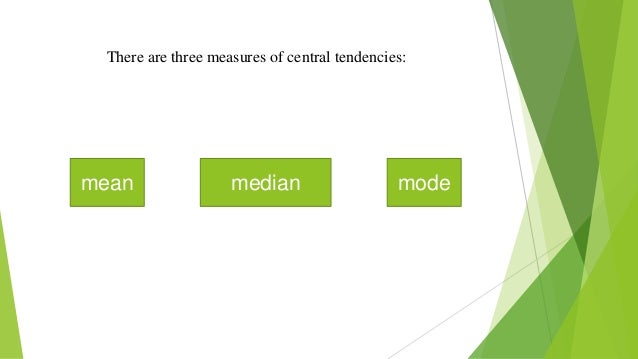

You can certainly use the above mode calculator to order the values by their frequency and show the mode (or modes) of the set of interest. A mode is also your best bet, if your goal is to guess the exact value of a randomly drawn element from the set. The mode is used in elections and different kinds of votes, where the counting is essentially the operation of determining the mode of the votes cast. For example, adding "20" to the above set, would result in it having two modes: 3 and 20. A set can have more than one modes - it can be bimodal or even multimodal. The mode of the example set is 3, as it occurs twice, and every other value - only once. It has the property of minimizing the number of times a number from a set is not equal to that set's mode. The mode is most frequently occurring value in a set. It is thus used in income and revenue statistics, sometimes in height and weight statistics - for example in CDC data on people 0-21 years old. The median is useful when we want to speak about halves, about a reference point from which 50% of the values fall above or below. The median for a set with an even number of elements is usually calculated by taking the arithmetic mean of the two elements around the mid-point. Half of the elements would have a value smaller than the median, and half of them will have a value larger than the median. The median of the above set, which is ordered from lowest to highest, is 5. The median is the value that splits an ordered set of data in half so a summary statistic which minimizes the average distance between itself and each number. The mean is easily understood, but just so often misunderstood, especially when used with skewed distributions or distributions with a big range. You should use the mean when you want to present a value which, if you were to use it to guess about any value of the set, you would be least far from each element of the set, on average. It also minimizes the root mean squared error (RMSE) and is in this sense the single best predictor of the set. Summing the differences between the mean and each element of a set results in zero, so the mean is an unbiased statistic.

The mean of the above set, as calculated by our Mean, Median & Mode calculator, is 10. The arithmetic mean is the sum of all values, divided by their count. Here are short definitions and when each is most appropriate, and examples based on the set of numbers: 1, 2, 3, 3, 5, 10, 18, 20, 28 The arithmetic mean In our mean, median, mode & range calculator we are just calling them by their short name. In common English "average" and even "mean" can be used as synonyms to "typical", which can be highly misleading in many situations where the distribution is skewed or dispersed (see the example below). and it is not always immediately clear from context which one you are referring to. Adding "arithmetic" also helps, since there is a geometric mean, a harmonic mean, a geometric median, etc. The mean, median and mode can all be called an "average" in certain literature, but using their proper technical names is recommended to avoid confusion. These are the most popular summarizing statistics used to describe a data set using one or several numbers. Mean vs median vs mode vs range: a practical example.


 0 kommentar(er)
0 kommentar(er)
